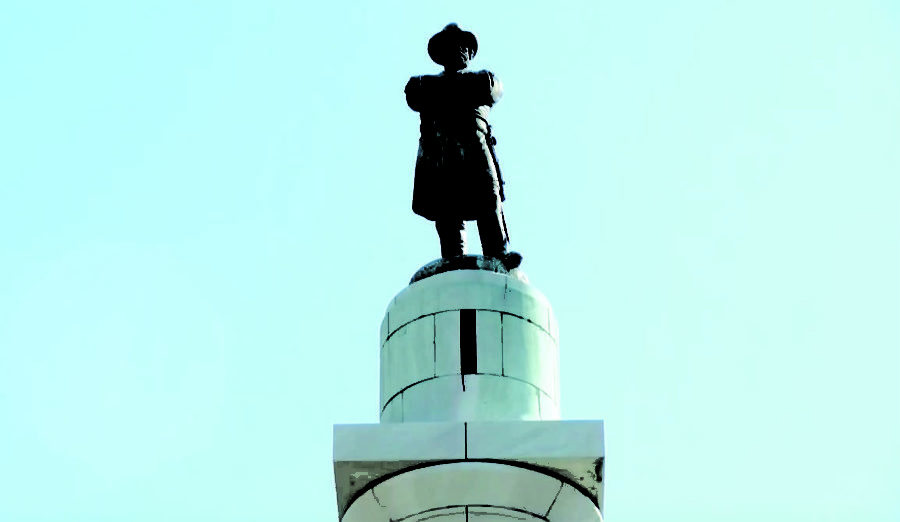Landrieu releases plan for future of Confederate monument sites
March 7, 2018
Almost 11 months after the first removal began and after years of legal battles over the fates of four Confederate monuments, New Orleans Mayor Mitch Landrieu announced plans in a news release Wednesday, March 7, for the future of the sites where the monuments once stood.
Most notable in the news release were new details of the future of Lee Circle — the most prominent location where a monument once stood. The city will conduct a beautification project at that site, and will leave the column where the statue of Confederate Gen. Robert E. Lee once stood.
That project will be done by the time Landrieu’s term expires in May, according to the news release. The long-term future of Lee Circle will be decided during the term of Mayor-elect LaToya Cantrell, as the city is partnering with the non-profit Colloqate Design, among with other community partners, to decide that future in a process expected to take the rest of the year.
There was no mention of any plans to place a fountain at Lee Circle — an idea Landrieu had pushed for in the past.
An American flag will go at the former site of the statue of Confederate president Jefferson Davis on Canal Street — no change from an earlier plan released by the city. Landrieu said the flag will go up before the end of his term.
There was new information on the former site of the Confederate Gen. P.G.T. Beauregard monument, though. According to the news release, the site near the New Orleans Museum of Art will go through a beautification process. The pedestal that held the monument — left in place since its removal — will also now be removed.
Nothing will be put in place where the Battle of Liberty place monument stood, near One Canal Place. That’s also not a change from earlier plans.
Colloqate Design will oversee the process and seek public input, and funding for the projects will come from the Ford Foundation, according to the news release.
Not addressed in the news release was the future of the four removed monuments, which have not been in public view since the Robert E. Lee statue came down last May.
On that issue Landrieu deferred to Cantrell, saying that she and the next city council will decide on future locations. The monuments are being housed in city-owned warehouses, the news release stated.
For Landrieu, the removal of the monuments that had stood in the city since the decades following the Civil War represent a major part of his legacy, one he documented in a book “In the Shadow of Statues: A White Southerner Confronts History,” set to be released March 20.
Landrieu said these plans ensure that the public spaces where the monuments stood will now be seen as unifying, as opposed to what he said were divisive monuments erected during an era of hate.
“These statues were not designed to honor Robert E. Lee, P.G.T. Beauregard, Jefferson Davis or the Battle of Liberty Place; but to perpetuate the Jim Crow era of terror and disenfranchisement. These four statues sent a crystal clear message about who was still in control, notwithstanding the fact that the Confederacy lost the war,” Landrieu said.








